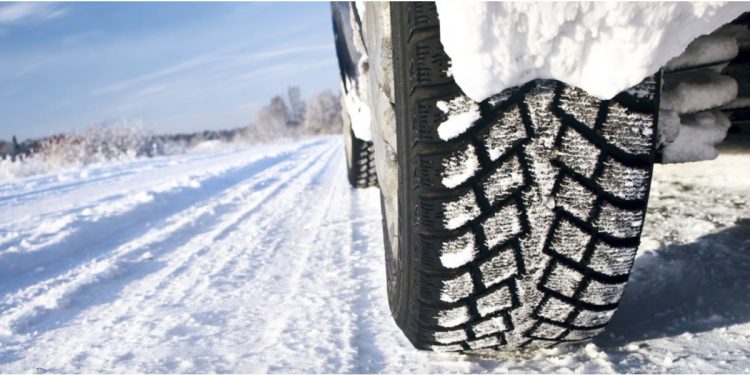Winter is just around the corner and before it hits hard, it’s important that you have your car checked for the season – particularly your tires. Tires play a critical role in the safety of your driving and can, oftentimes, go overlooked when owners are preparing their rides for the colder weather. To certify your tires are ready to face those slippery winter roads, make sure you go through the following checklist before heading out. Unfortunately, more than half of drivers fail to do this, which results in accidents and injuries that may have been able to be avoided. The following list covers numerous ways to ensure your tires have as much traction, tread, and air as possible to keep you safe, as well as your passengers and everyone else out on the road.
Visit the Vivid Racing Tire Store Here
Drive with confidence this winter and be safe! If you have any questions regarding tires or winter parts for your vehicle, please do not hesitate to contact our expert sales team by phone at 1-480-966-3040 or via email at sales@vividracing.com. We are here to make sure you have everything you need this winter to have an enjoyable season in the safest way possible!
Tire Checklist for the Winter:
1. Tire Tread
You can have the best all-season tires on your ride, but they won’t do any good if they do not have adequate tread on them. Tire tread is what gives your tires the ability to grip the road safely – something that you need even more of when the roads are icy, wet, or slippery. You can use the tried and true “penny test” to see that your tires have sufficient tread. The NHTSA says that tire tread depth should be at a minimum of 2/32 of an inch. To check this, simply insert a tire (with Lincoln’s head facing downward) in between the raised portions of the tire read. If you cannot see the top of Lincoln’s head on the penny, then your tires have enough tread; if you can, then it may be time to invest in a new set of tires. This method is great for checking the tread in different places on each tire to make sure that your tires are wearing at an even rate as well.
Your tires will get worn down; that’s a fact. But if you do not have them rotated on a regular basis, the tread will prove to be a big deal come winter. Uneven tire wear could mean that you have an alignment issue – something else that could affect your vehicle’s ability to maneuver on slippery, snow-covered roads. Low tread depth is dangerous even in the best driving environments, so it’s not hard to see how it could potentially put everyone’s life at risk in winter conditions. Visit your local trusted mechanic to have the read checked, if you are unable to conduct the test yourself, and make sure they are ready for the winter. If not, it may be a good time to start looking into a set of winter tires. It’s not too late.
2. Tire Pressure
When was the last time you checked your tires’ air pressure? If the answer to that question is well before the temperature has dropped, then you need to get your vehicle to an air pump immediately. For every 10-degree drop in temperature, it’s said that your tires lose one psi of air. That means that while your tires may have been properly inflated for the summer months, they are now at risk of being at a dangerously low psi – thus affecting your car’s ability to maneuver and the amount of traction it has (to stop). Improper tire inflation can also influence factors like your gas mileage and overall tire wear.
Be sure to check your tires regularly and make sure that each corner is inflated to the specified levels indicated in your owner’s manual. Use a tire pressure gauge, which can be found at most gas stations or auto parts stores, to check that each one is at the correct pressure. It is recommended that you do so before you start driving because the friction from driving can affect the numbers you get. If needed, use an air compressor to inflate the tires to the proper pressure. If you overinflate them, do not fret, as you can use the small bead on the back of the tire pressure gauge to release some of the air back out.
3. Winter Tires (Traction)
If you live in an area that is prone to heavy snow or extreme cold (i.e. the Northeast), your safest bet is to purchase a set of snow tires. They are specifically designed with increased tread and temperature-withstanding compounds to keep the tire material pliable under extreme cold for better traction. Yes, snow tires are pricy; but they are a surefire way to keep yourself mobile and safe in even the most treacherous of conditions.
You may think that winter tires are only for areas where the winters are rough, but that is incorrect. Winter tires, which used to be called snow tires, are designed to work in low temperatures regardless of the conditions on the road. Colder temperatures cause standard tires to become too hard and tend to lose their normal traction, even when the roads are dry.
So, if you are ready to swap your set for a safer and more season-ready alternative, you may want to consider the following types for winter driving: all-weather, all-season, studded, and non-studded. These are the four main types of winter tires, which your mechanic can help work with you to decide which is best for you, your ride, and your driving conditions.




